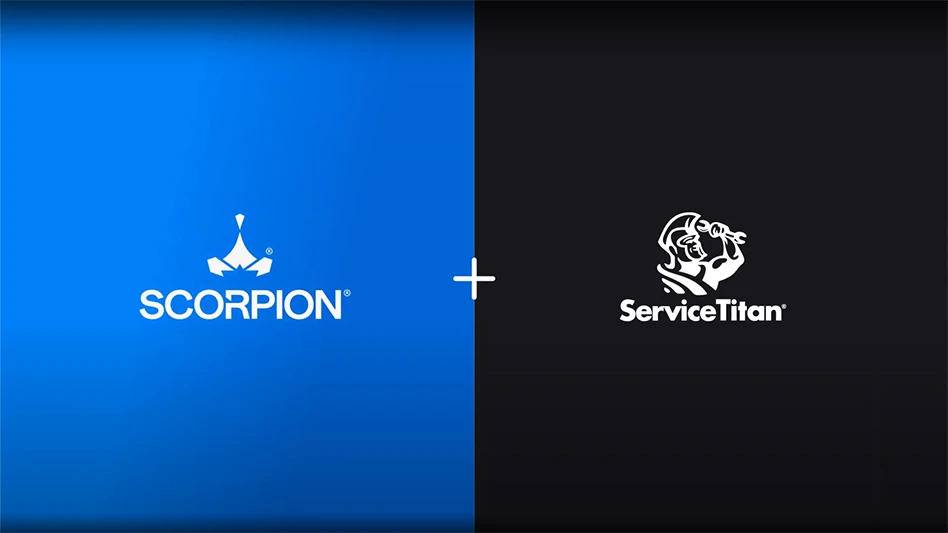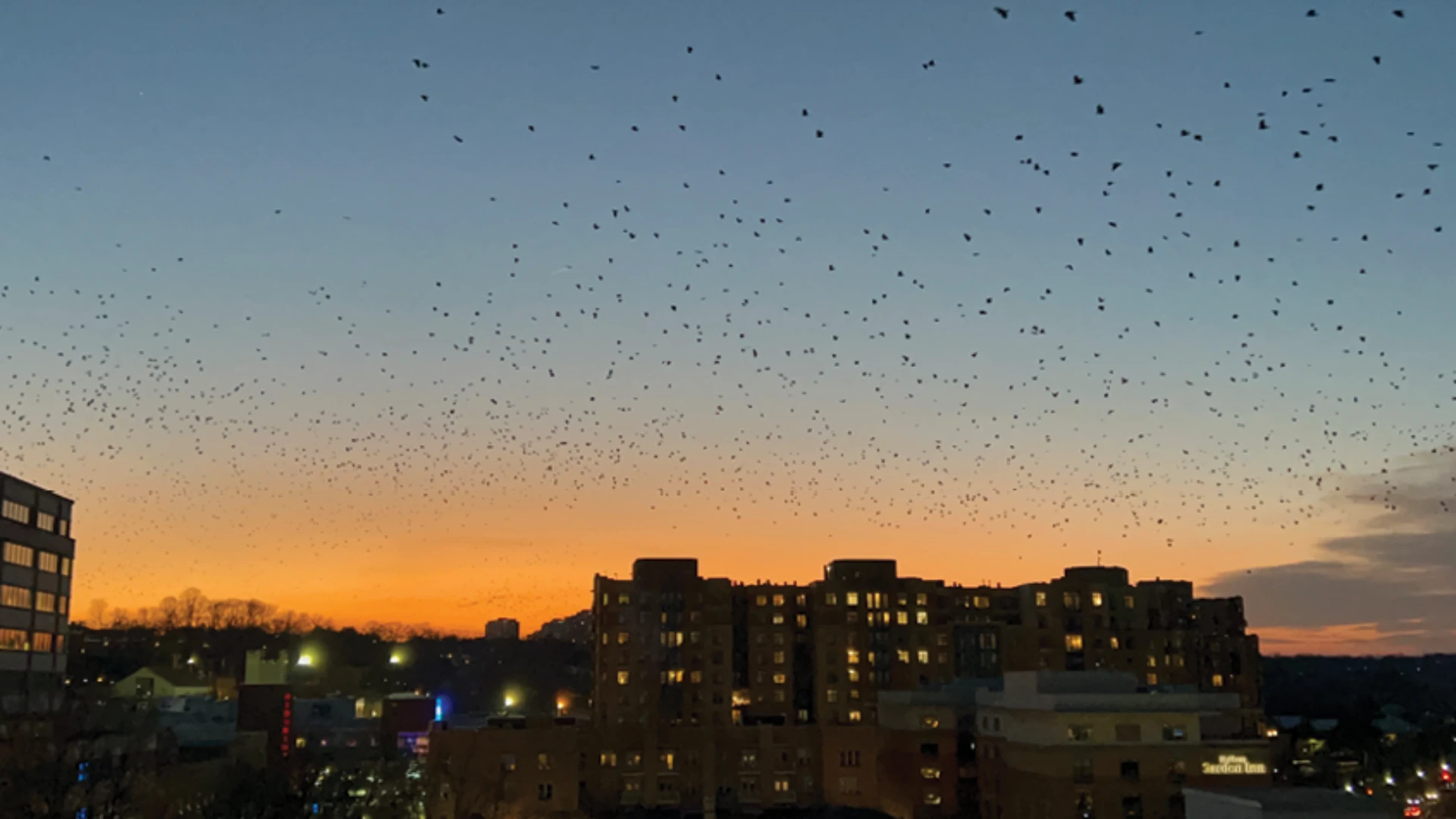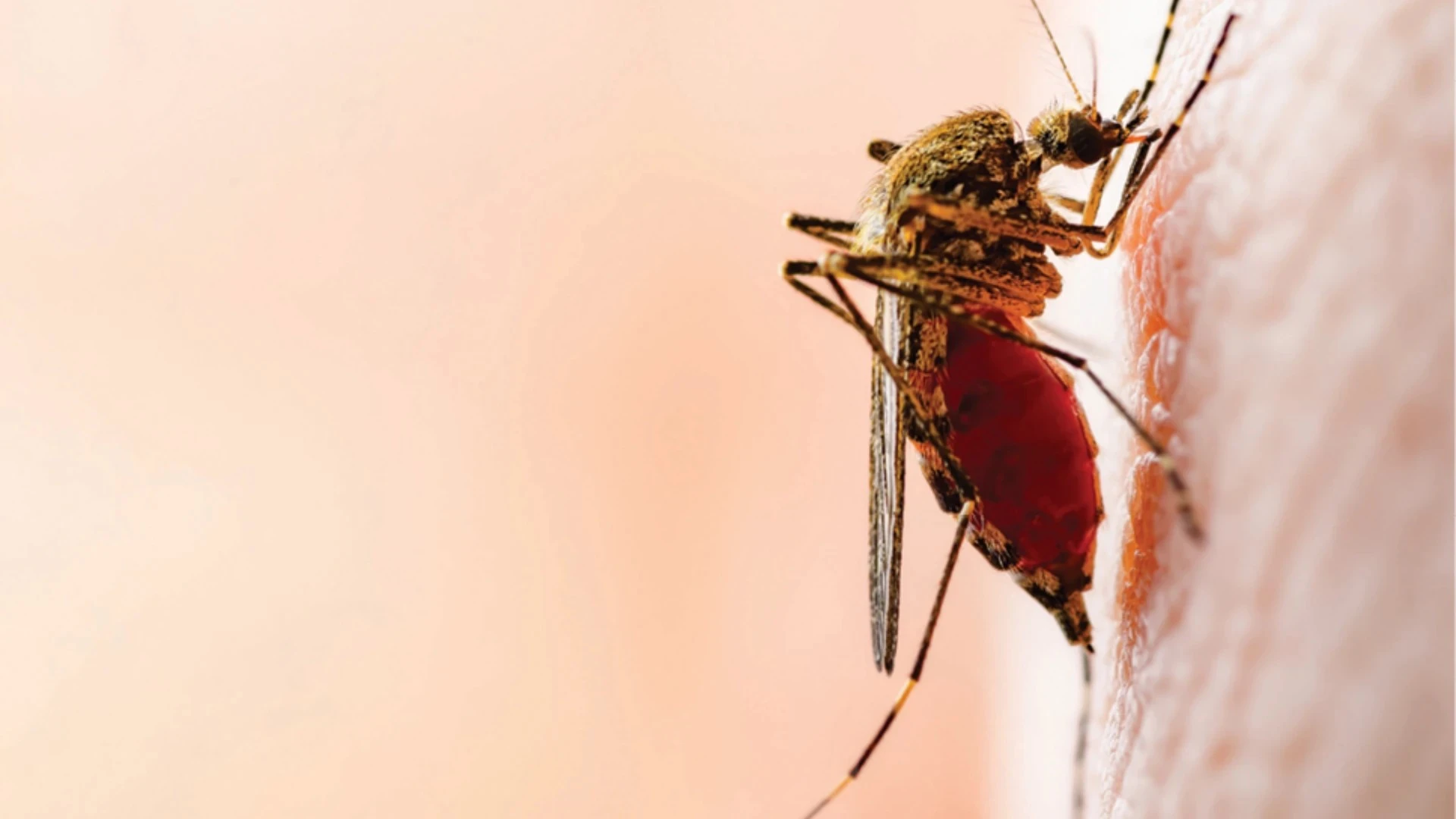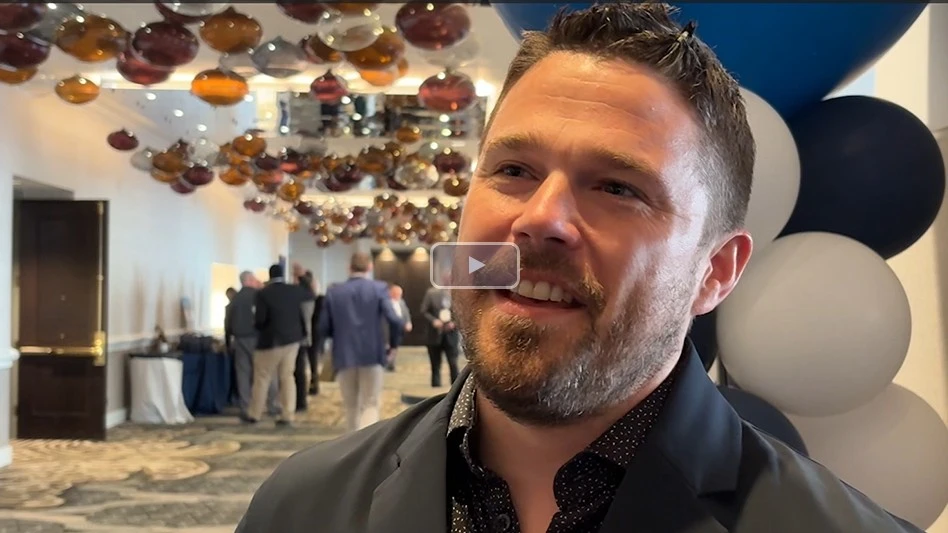An important component of an IPM program is the decision process of how we will manage the pest problem, and which tools and methods will be integrated. To help us make this decision for established IPM programs, we rely on monitoring. For insects we use various types and styles of monitor traps. We use pheromone traps, for example, to monitor for stored product and other pests. And based on the results of our monitoring, we make a decision to integrate pest-proofing, sanitation and/or to apply chemicals.
Rodent monitoring and censusing is not new. Many publications over the years have discussed the use and value of burrow counts, tracking patches, and nontoxic baiting to help determine the presence and numbers of rodents. But what is new is the interest and intent of some PCOs toward incorporating monitoring into their rodent IPM programs as a standard procedure instead of as a specialized operation.
At the 1995 NPCA convention in Orlando, Zeneca launched the new nontoxic Census Block as an IPM tool for rodent programs. Since then, its reception has ranged from applause to confusion. Some of the confusion pertains to the application concept. Some ask, "Why feed the rodent, and not kill it at the very first opportunity?" Others are not sure of the correct terminology: Are we censusing for rodents or monitoring them? Or are these terms the same? Moreover, some professionals have started using the term prebaiting because the Census block is a nontoxic bait block which may be used prior to installing a nearly identical toxic bait block.
Censusing, monitoring, and prebaiting are not the same. Nor are the differences between them merely academic. There are times and situations in rodent pest management where we may need to census or monitor or prebait. If we are to begin to use rodent monitoring programs on the job, in our sales proposals, and in training programs, it is important that we use correct and unambiguous terminology.
Censusing is a process of using some measurement technique (e.g. food consumed, number of rodent tracks in a patch, number of droppings per area, etc.) whereby we attempt to estimate the number of animals in an area, or assign some relative value representing the size of the population.
Monitoring, on the other hand, as it is applied to pest management operations, is a process of keeping track of a pest population.
Prebaiting is the process of administering nontoxic baits prior to administering the toxic bait to increase the acceptance of the toxic bait. This practice is used mostly with the acute (i.e. fast-acting) rodenticides such as zinc phosphide concentrates mixed with some food such as cat food. Often it is cost-effective to first prebait using only the cat food to increase acceptance on the final bait. However, prebaiting is unnecessary with the slow acting and highly anticoagulant grain baits, because the acceptance of the toxic baits is excellent even without a prebait.
The fact is that when we conduct a basic rodent inspection and interview the clients who have called us because of a rodent problem, we are conducting an informal census of the population. In these cases, we already know rodents exist, but we need to estimate whether the population is minor, moderate or severe. Realistically, we do not need to census further using a nontoxic bait before starting the elimination program — although there are cases in which it would make sense to do so.
But once we achieve control, we can now monitor the program to ensure that we manage any recurrence or re-invasion by rodents as well as provide the client with a regular report of the monitoring program. And by using nontoxic food blocks, we can monitor without applying pesticides. In rodent control, this translates to not leaving rodenticides behind on the job, unless the monitors tell us certain areas of the account are under constant rodent pressure. Otherwise, it could be likened to spraying baseboards when an insect pest does not exist. In commercial, residential and sensitive accounts such as schools, food plant fence rows and zoos, this has many important advantages to the professional and the client relative to minimizing the many different types of baiting hazards.
Of course, with this "new" facet of rodent IPM comes the need for training. Professionals must know the difference between insect, rat, and mouse feeding/gnawing marks on monitoring blocks. This is important because a mistaken diagnosis can be very annoying to clients and embarrassing for a pest management professional.
We also need to know how to correctly identify and distinguish between the droppings of insects, mice, rats, and other animals whose droppings resemble rodent droppings. One food plant spent more than a thousand dollars attempting to correct a rat problem which in fact did not exist. But their actions were the result of a report filed by the pest management professional misinterpreting toad droppings as rat droppings in two of the exterior bait stations.
Finally, we must know which rodent monitoring tools are appropriate for the specific account and situation. Monit-oring with nontoxic baits is not a good fit for every situation. For example, using bait monitors along the exterior fence rows of large food plants is an excellent utilitization of the monitoring concept. Inside the food plant, however, visual inspections and mouse traps are the appropriate monitoring tools. Obviously any rodent activity inside a food plant must be stopped as quickly as possible, and the use of nonlethal monitoring devices has several disadvantages.
So: Should we conduct censuses in our rodent control programs? We already do. Should we incorporate more formal monitoring into our routine rodent control programs? I think so. It is good for our industry, good for our environment, good for our clients. It also reduces potential baiting hazards and liability, and fits within the true spirit of urban IPM.
Zeneca was the first out the door with its Census Block. But I believe you will see the monitoring concept increase in both product offerings and technology. Count me among those applauding.
Dr. Bobby Corrigan is president of RMC Pest Management Consulting, 5114 Turner Road, Richmond IN 47374, 317/939-2829.

Explore the August 1996 Issue
Check out more from this issue and find your next story to read.
Latest from Pest Control Technology
- OvoControl Now Available in Chile
- Envu Announces Savings Programs for Pest Management Professionals
- Follow the Trail
- Carpenter Ants: Understanding the Bothersome Burrowers
- Massey Services Acquires Insight Pest Solutions of San Antonio
- Target Specialty Products Expands Sales Leadership Team
- Mosquito Joe Promotes David Price to Vice President of Strategic Growth
- Abell Pest Control Recognized as One of Canada’s Best Workplaces in 2025





